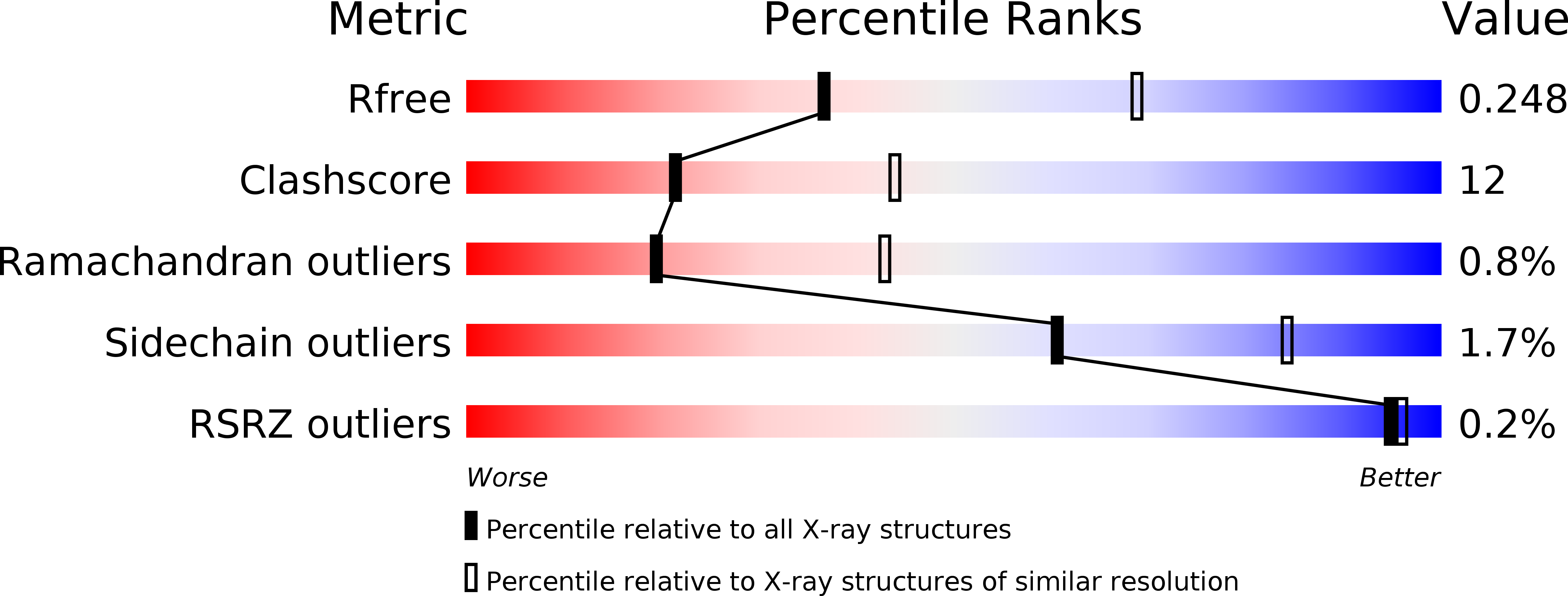
Deposition Date
2019-04-24
Release Date
2019-06-12
Last Version Date
2025-04-02
Entry Detail
PDB ID:
6OP5
Keywords:
Title:
Crystal Structure of Piper methysticum Styrylpyrone Synthase 1 in complex with p-coumaroyl-CoA
Biological Source:
Source Organism:
Piper methysticum (Taxon ID: 130404)
Host Organism:
Method Details:
Experimental Method:
Resolution:
2.70 Å
R-Value Free:
0.26
R-Value Work:
0.20
R-Value Observed:
0.21
Space Group:
P 31


